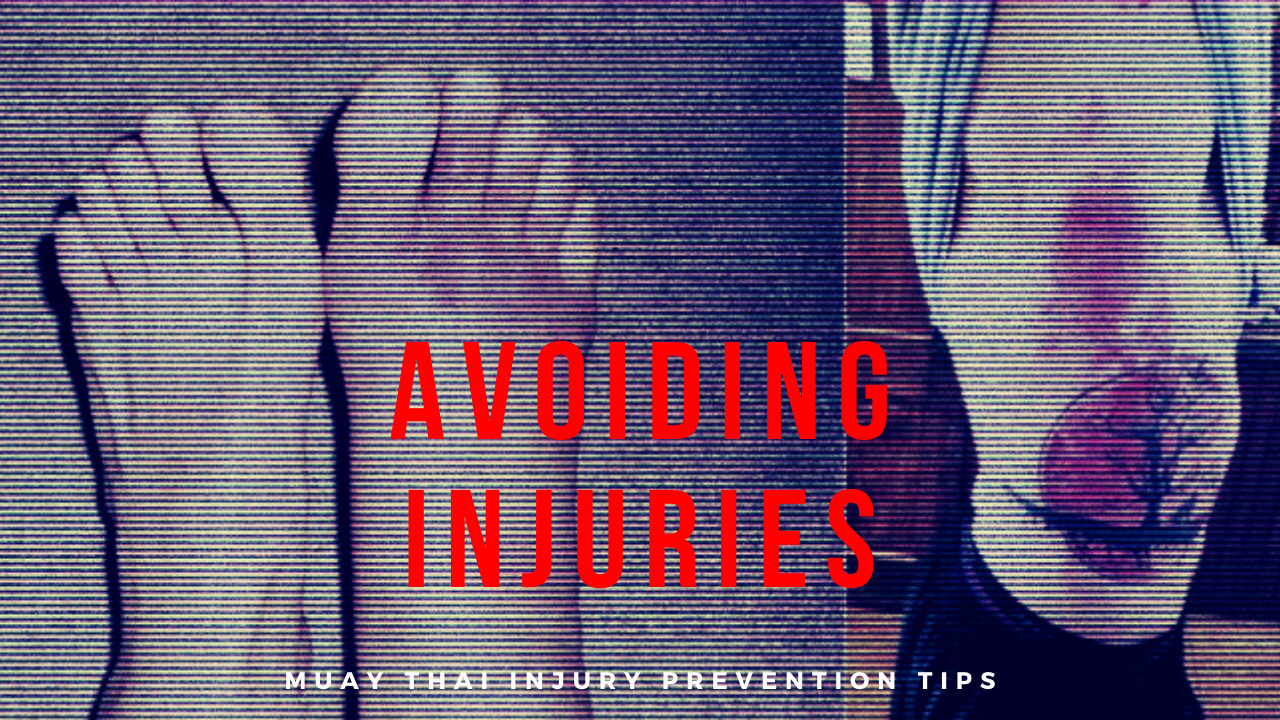Avoiding Injuries is No Big Stretch

PREVENTING INJURIES STEMMING FROM BAD FIGHTER POSTURE
By Angela Chang
Whether it’s a small ache or a full-on broken bone, injuries suck. They’re almost always sure to put you out of action for at least a little bit of time. But did you know a lot of injuries are totally avoidable?
Posture
 It’s no shocker that a lot of martial artists have terrible posture. The fighting stance fosters some bad habits such as internally rolled shoulders, tight pec muscles, weak hamstrings and back muscles, and bad neck placement.
It’s no shocker that a lot of martial artists have terrible posture. The fighting stance fosters some bad habits such as internally rolled shoulders, tight pec muscles, weak hamstrings and back muscles, and bad neck placement.
Since we spend so much time in fighting stances while training, it’s easy to receive or develop injuries stemming from bad posture alone. Taking care of your posture can avoid a lot of annoying things like inflexibility and joint pain associated with your neck, shoulders, knees, hips, and ankles – after all, the body loves symmetry.
Luckily, with some strength exercises , we can “fix” this muscular imbalance. Good posture will foster more efficient working muscles, putting much less stress on your bones and joints.
Warming Up
Warming up, stretching and foam rolling are warm-ups known by athletes in every sport. They are effective methods of injury prevention and recovery, though they are simply not done often enough. Warming up before jumping into pad work or sparring helps to recruit enough muscle fibers for use in training, preventing pulls and tears.
Stretching, on the other hand, should be left until after training unless one of your muscle groups is so tight that it really makes your body compensate elsewhere.
Instead of stretching, practice mobility exercises to open up your hips and allow your shoulders a greater range of motion. Here are a few mobility exercises that are great for Muay Thai:
Shoulder Mobility
Hip Mobility I
In this “Frog Pose,” sitting more towards your feet makes it a deeper stretch. Moving forward slightly eases up the pressure.

“FROG” POSE FOR HIP FLEXIBILITY AND MOBILITY
Hip Mobility II
There are lots of great ways to mobilize your hips. My favorite is in the following video from the beginning until 02:18.
Stretching after training helps to loosen up muscles that have been worked hard, decreasing the strain put on your bones and joints. Also, stretching just feels good. Stretching should be a part of your daily routine, especially if you sit a lot. All stretches should be done in sets of 15-30 seconds, at least 2 sets in total.
Hamstring Deep Stretch
Keep your back straight and hips squared. Swing as if on a hinge toward your leg for a deeper stretch.

Hip Flexor Stretch
Keep your hips squared, chest up and core engaged. Make sure your knee is over your ankle and not past it.

HIP STRETCH (RUNNERS LUNGE)
Quad Stretch
Hold on to something if your balance isn’t great! Keep your core engaged and tailbone tucked slightly under you. Keep your knee pointed down towards the floor, not out.

Calf Stretch
You can do this stretch almost anywhere. Stop when you feel a gentle pull in your calves.

Side Stretches
Keep your feet together and think about elongating your side while you push out your same-side hip.

Deltoid Stretch
Stand tall with your neck in an upright neutral position.

Chest Stretch
Keep your core engaged as you do this stretch.

Using a foam roller can be very painful, especially if you have a lot of knots! However, this self-massage method is excellent for recovery and can help you feel fresh to train harder next time. Roll for about 2 minutes each side. With all foam roller exercises, keep your core engaged.
Quad
Roll from your hip to the bottom of your thigh, near the knee.

Hamstring
It’s easier to roll both hamstrings at a time. For a deeper roll, you can cross one leg over the other. Roll from the bottom of your buttocks to your knee.

IT BAND

CALF

ADDUCTORS

Thoracic Spine
This is great, especially for fighters, since most fighters have a rounded thoracic spine from being in fighting stance.
To conclude, let’s be real: fighters get injuries.
It’s a consequence of being punched in the face, kicked in the legs, kneed in the stomach, and so on. But the average fighter will face a litany of injuries over the course of a fighting career that are completely avoidable. Injuries related to poor posture or warm-up strategies are ones that can be sidestepped with a little preparation. With preventative measures, you can easily avoid injury by combating issues stemming from being in a fighting stance.
Feed Your Muay Thai Addiction!
Join our "Muay Thai Mondays" email newsletter for the latest updates on new videos, special events and everything Muay Thai!


